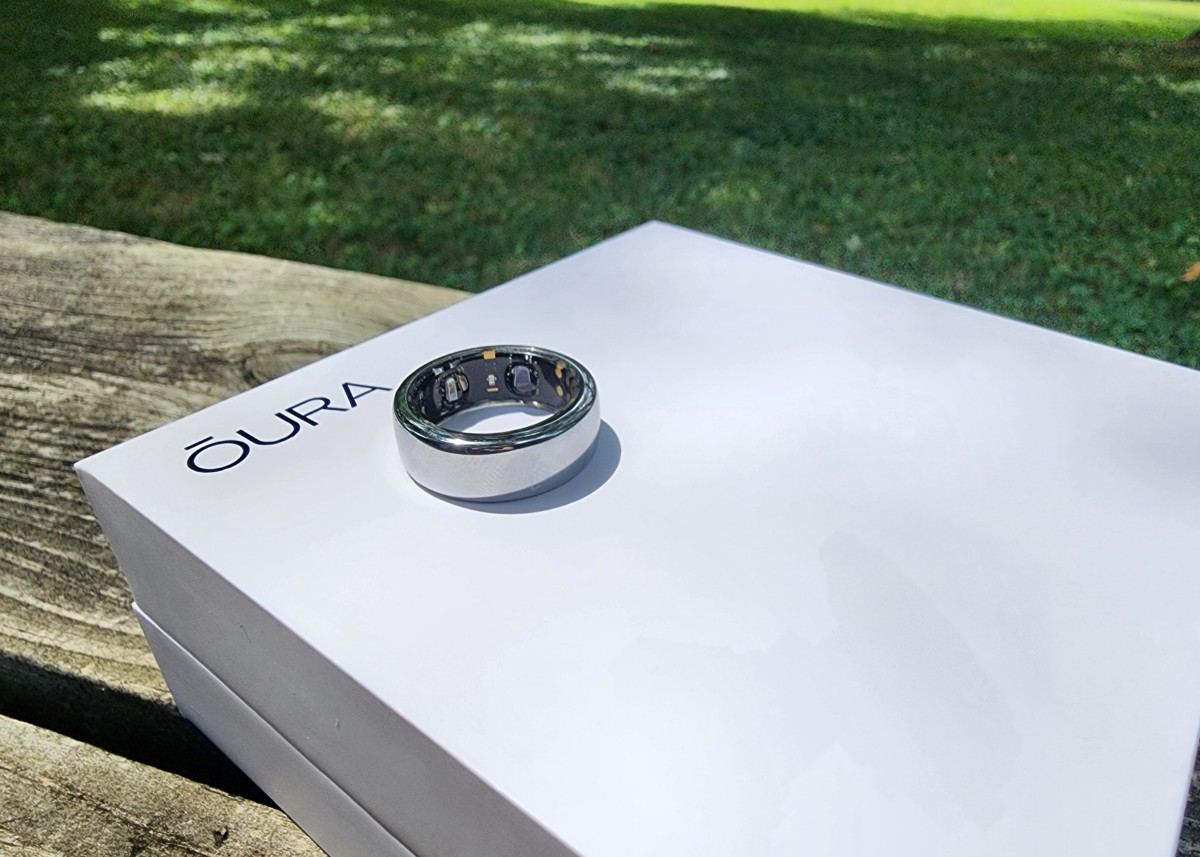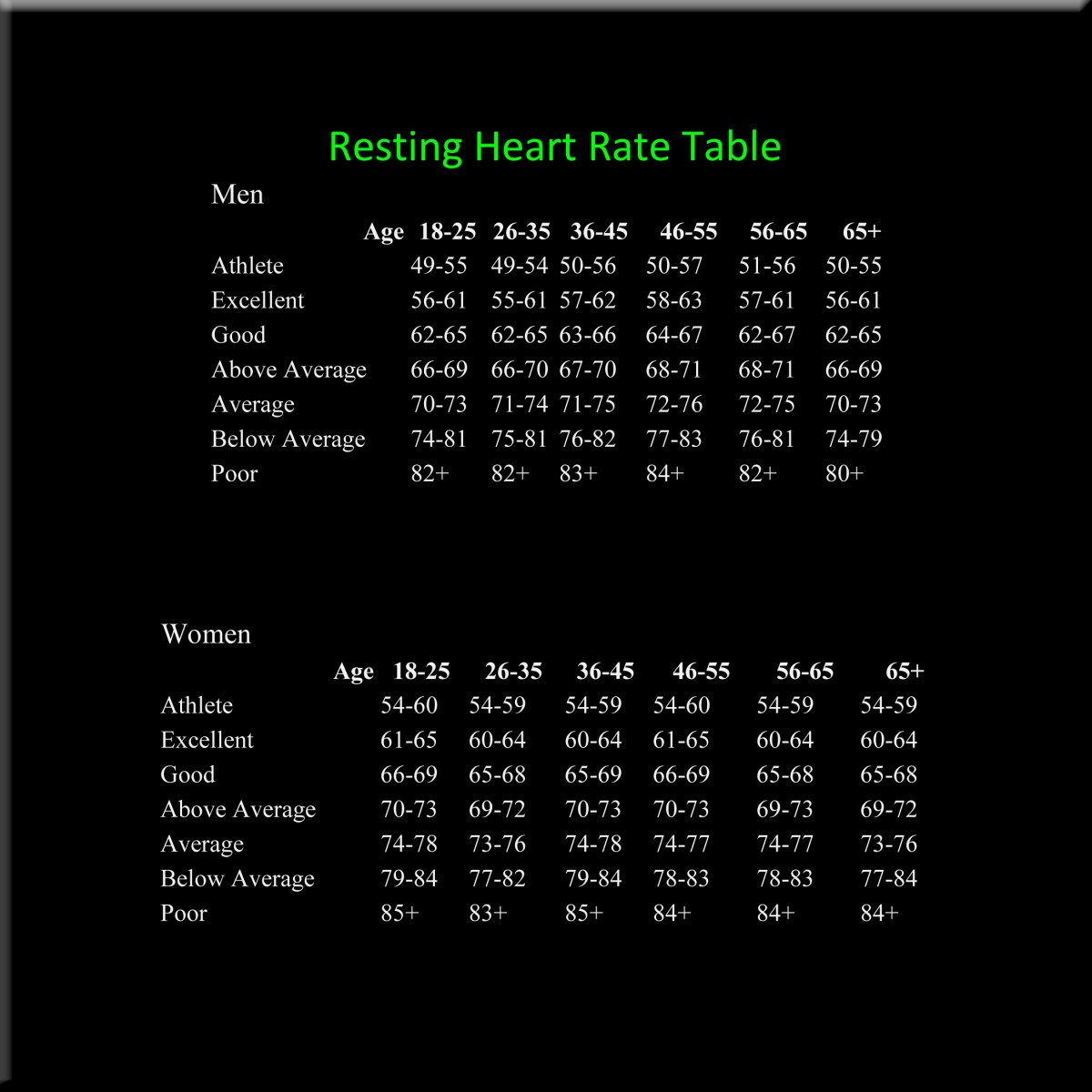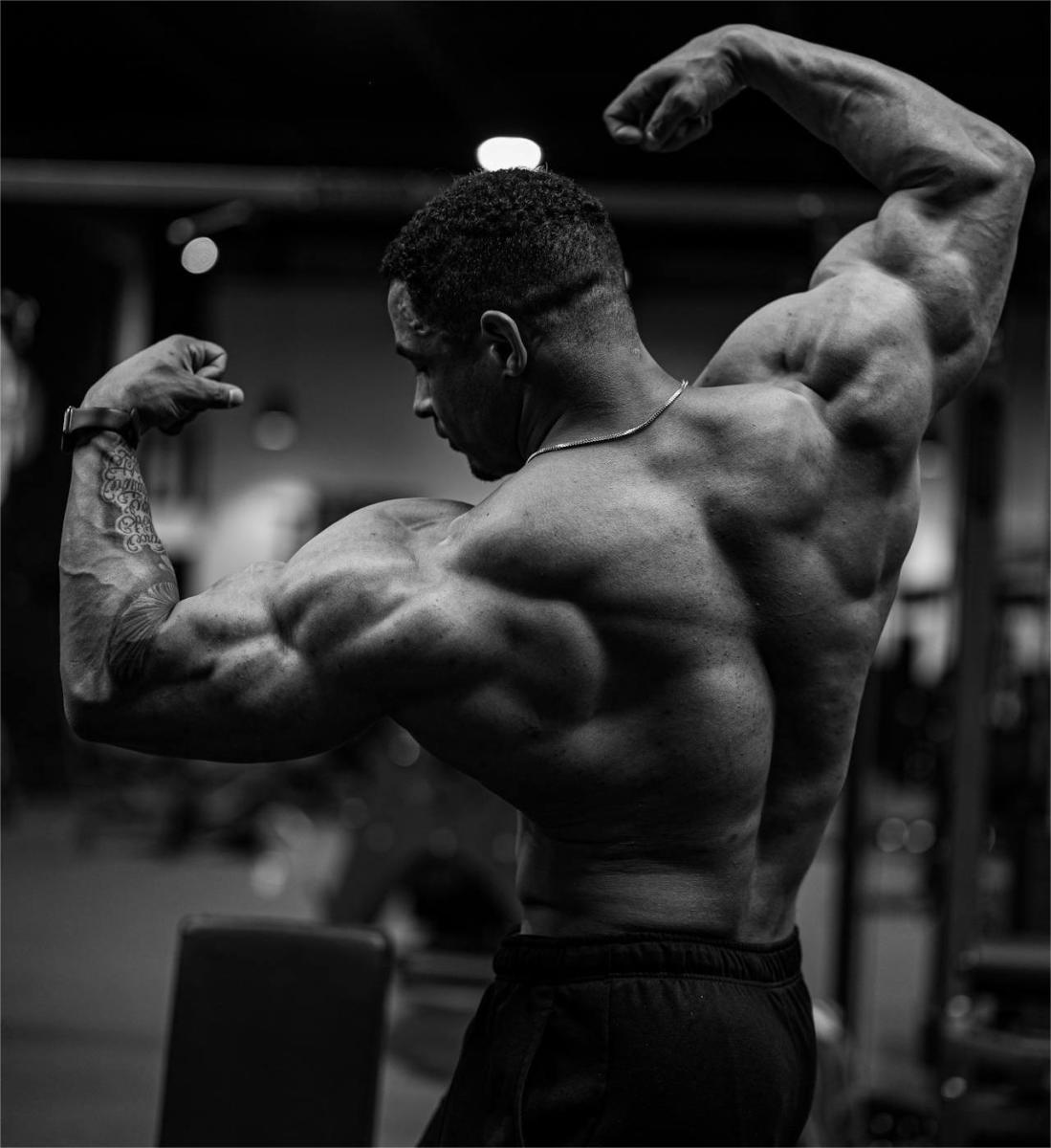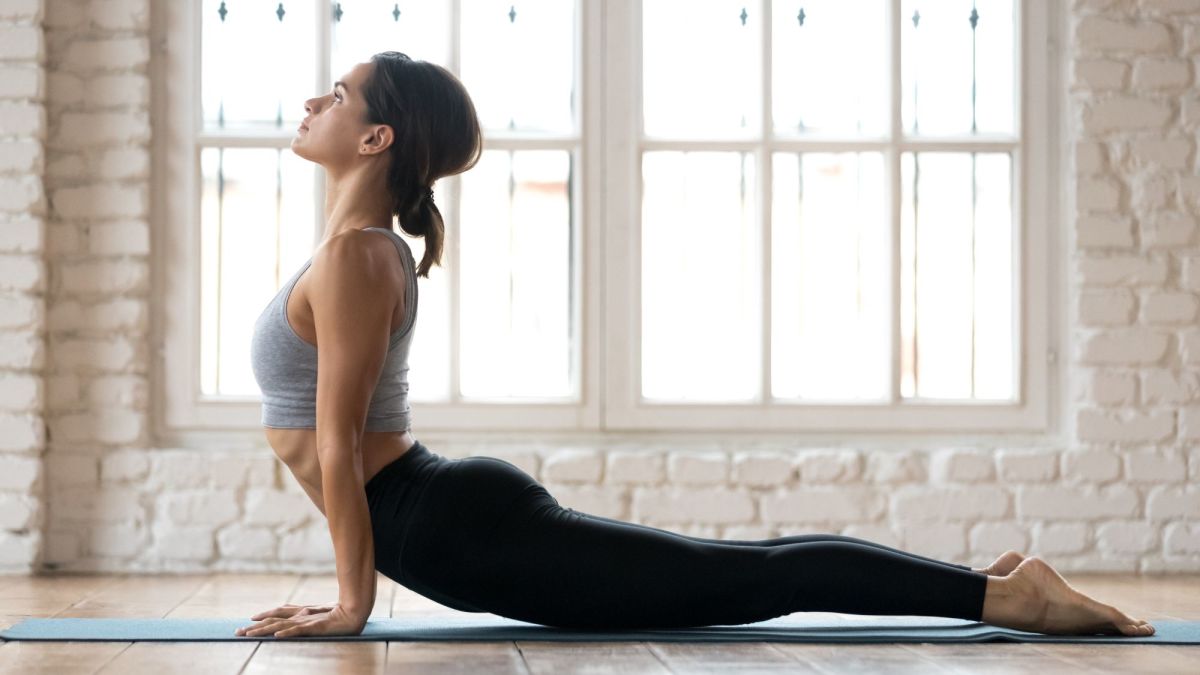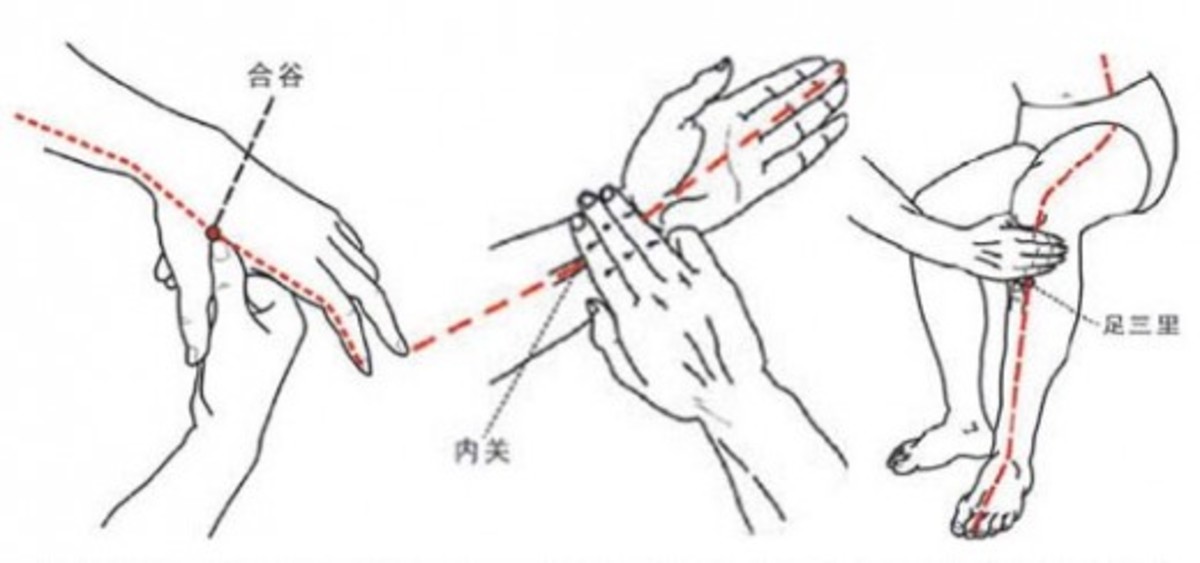Workout Feedback - Monitor Heart Rate
Losing weight is a goal shared by millions of people. Some need to lose as few as five pounds and others need to lose hundreds of pounds. Weight loss is accomplished in much the same way regardless of how many pounds you plan to lose.
Calories consumed versus calories burned will always be the most basic reality of weight loss. Learning to eat the foods that most compliment weight loss is the first step but the body needs to learn the basics of burning calories as well.
The body burns calories just to stay alive. It takes energy just to keep your heart beating, your lungs breathing and your digestion moving. It would stand to reason that you could lose weight by just sitting around but eventually you would have to cut the amount of calories consumed as your body weight goes lower. At the same time your body would learn to live on fewer calories. You can see the vicious cycle this could cause.
It is best to teach the body to burn the calories consumed beyond those that are needed for survival. How can you do that? Any movement burns calories. However, anyone that has tried to lose weight by simply moving learned quickly that more is required. Burning fat is important as well but that will not happen until you step up your routine.
How to find your Minimum and Maximum Heart Rate
Your fitness level will determine how hard you to need to exercise to accomplish your goal of burning fat. The more you weigh the harder your body has to work to move it. The more you move the higher the heart rate rises. There is a healthy heart rate zone and a dangerous heart rate zone. A Heart Rate Monitor helps you know what zone you are in and whether you need to pick up the pace or slow it down.
Impact Sports Strapless Heart Rate Monitor
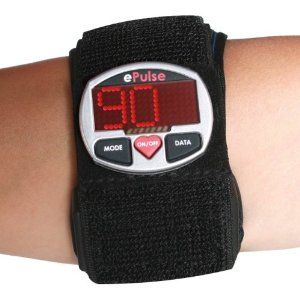
Oxygen is required to burn fat so performing an aerobic exercise is necessary and breathing is a good indicator of how strenuous your movement is. Perceived exertion (how hard you think that you are working) can tell you a lot but the feedback provided by a heart rate monitor can give you the numbers to back it up.
There are many types of heart rate monitors. Some are very small – the size of a ring. Some strap around your chest and relay heart rate readings to a wrist watch device. Others strap around your arm much like a blood pressure cuff.
Hear Rate Rings The advantage is that they are small, cute and less expensive than some other heart rate monitors. They display your heart rate in real time, tell the time and offer stopwatch functions. The disadvantage is that they may not be totally accurate as your heart rate rises. If you are someone that just wants to know what you resting heart rate is a heart rate ring may work well for you.
Heart rate rings are not really common. The most common models include LifeSpan, Brookstone and Dennco.
Heart Rate Monitors with Chest Straps – The advantage of using heart rate monitors with chest straps is that they are very accurate. The chest strap fits around your chest and the built in sensors read your heart rate and transmits the information to a wrist watch. Additional information transmitted includes heart rate (minimum and maximum), time spent in each zone and calories burned. Disadvantages are few but some people do not like wearing the chest strap.
Some of the most well known brands of chest strap heart rate monitors are Polar, Timex and Garmin which also has GPS functions.
Heart Rate Monitor without chest strap – The advantage of using a heart rate monitor without a chest strap is that it is more comfortable. Reading the data is easy and constant while working out. The disadvantage for those worn on the forearm is that it can be too tight on a large forearm and too lose on a very small forearm.
Some of the most well known brands of heart rate monitors without chest straps are Impact Sports, Bowflex, Mio, Sportline and Omron.
Wearing a heart rate monitor is a major asset to a workout. If you are serious about training in your fat burning zone, avoiding raising your heart rate too high (if your blood pressure is an issue) or if you just like the feedback a heart rate monitor may be worth the investment.
I wear a Garmin 305 watch while jogging. I do not always wear the heart rate monitor strap but I do take advantage of the other features such as burned calorie count, distance, pace and route. The advantage of heart rate monitors that offer many other features that you are interested in makes them a good investment even if the heart rate strap is not utilized with every workout.
Heart rate monitors can cost as little as thirty dollars and as high as several hundred dollars.
Ask your doctor if you are healthy enough to start a workout routine.






